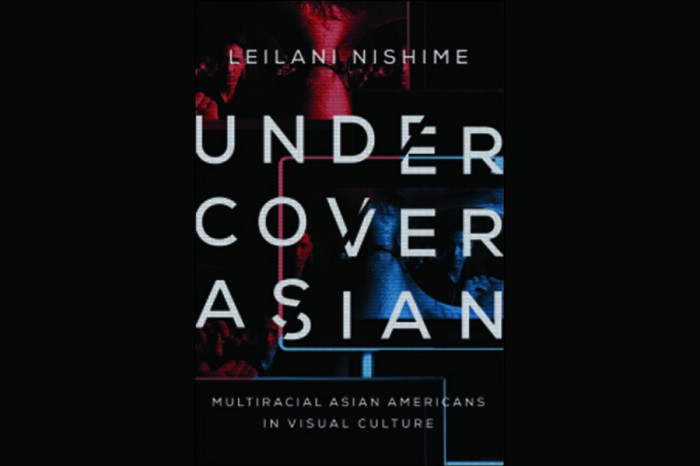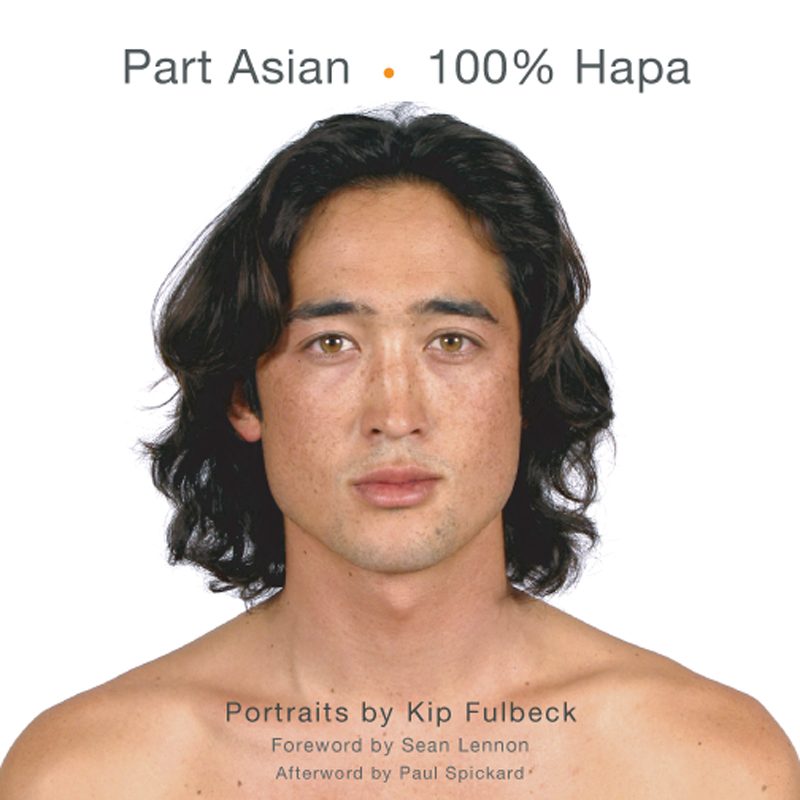
We understand that race doesn’t exist biologically, but it doesn’t mean that race isn’t real.
“We think we see race because it exists in the world, but really, we learn to see race,” says LeiLani Nishime, author of the recently published “Undercover Asian: Multiracial Asian Americans in Visual Culture.”
“I think the approach to race is not to ignore it or pretend it is not there, but to confront it, see that it’s there, and understand what it does for us in a social context.”
Nishime’s book is a critical examination of the ways multiracial Asian Americans are represented in mass media.
The book evolved out of an academic article she wrote on Cyborgs. Nishime felt that these characters, caught between the machine world and the human world, were a metaphor for race.
“A lot of people, when they look at mixed race people think it’s a happy ending. They think racial relations are ‘getting better’ and that, one day, everyone will be mixed, everyone will be brown, and race won’t be a problem anymore,” she said.
“What I think is important is that, instead of seeing them as an end of the conversation, to see them as a way to get back into talking about race in more interesting ways.”

Through a series of case studies examining various stars such as Keanu Reeves, Tiger Woods, Kimora Lee Simmons, shows like Battlestar Galactica, and the artwork of Kip Fulbeck, Nishime takes readers on a critical journey to examine the ways mixed-race Asian Americans are misrepresented throughout different media.
“I think the media plays a really interesting role in U.S society and in some ways it’s like a collective unconscious – there’s things that become popular in the media because it touches a nerve in a lot of different people,” she said. “I like looking at the media because I feel like it’s telling us what’s important to us as a culture.”
Nishime focuses specifically on a demographic including people like Keanu Reeves, who she calls “multiracial Asian American.” She says the seemingly paradoxical term refers to any mixed race individual that identifies one of their races to be Asian.
“I didn’t want to just say ‘multiracial’ because the default assumption that you’re talking about black or white,” she said. “Asians in the U.S. have a specific kind of history and I think the kind of history that they bring brings a different inflection of how race gets played out.”
She says this discussion is especially important to be having in Seattle, where there is a “decent enough sized” Asian-American population, and, in turn, multiracial Asian-Americans.
“I think that we live in a society that is unequal and we’re not going to be able to fix those problems unless we address race. And by that I don’t mean race alone – race doesn’t exist by itself. It exists in conversation about questions regarding sexuality and gender and class,” she said.
“All these other elements are part of a conversation and you can’t pull them apart. But if we don’t have these conversations we’re not going to be able to achieve a more equal society.”
Ironically, she says the liberalism in Seattle might get in the way of discussions about race.
“There’s more sensitivity here and more of an assumption that to recognize race is to be a racist.”
Nishime says it’s important to remember that not seeing race is not equivalent to not being racist.
“For me, the goal is not about being non-racist, but anti-racist – something more active and confrontational,” she said. “We need to talk about [race] to make an improvement, even though it is a tough conversation to have.”


2 Comments
Comments are closed.